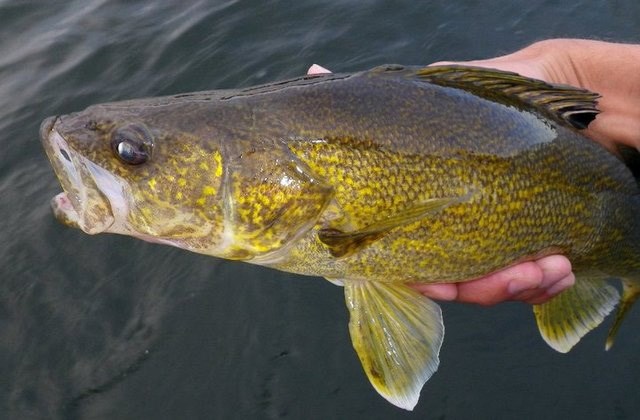After hearing the concerns of organizations across the province, the provincial government has agreed to a third-party science review of fish management in Alberta.
Alberta Environment and Parks has been receiving backlash from the angling population since they announced proposed changes to fishing regulations.
Volunteer fisheries biologist Ray Makowecki is part of the Next Step Team (NST), a local group made-up of concerned anglers about fish management in Alberta. He attended a meeting on fish management, along with members of the volunteer biologist group.
“The NST is a group that includes fish and game groups, and municipalities such as the MD, people who are very concerned about the fisheries and how they’re being managed,” he explained.
Even with the formation of the review board, Makowecki has received negative feedback about the government’s plans moving forward.
“People aren’t very confident that the government will do much... The concerns we’ve expressed have been in resolution from by the Alberta Fish and Game Association for many years, and no changes have been made.”
The independent science review is meant to move the ecological balance in a direction that will allow for utilization of fish populations in Alberta lakes.
A review board consisting of environmental monitoring and science division will focus on the management of walleye, pike, perch, and whitefish in lakes across Alberta, while a second group will examine native trout management in the East Slopes.
Local lakes impacted by the regulation ammendments include Bourque, Hilda, Manatokan, and Bangs.
In the spring, Alberta Environment and Parks met with local fishery groups to discuss current regulations on fishing. They focused on advice local groups could offer regarding the review.
Those present agreed to act as an advisory committee for the review boards. They will share the information with their community and networks.
Members of the committee created questions their groups would like answered, and feel could help focus the study.
In 2017, Alberta Environment and Parks conducted a survey to get feedback from anglers on fish management. Using the comments, they formed draft regulations.
“The government was proposing more restrictions, and people were really dissatisfied about the suggestions,” Makowecki said.
As a result of the survey, the NST and volunteer biologists group saw a need for a third-party review of the issue.
Makowecki explained, “The fish management direction looked like they had ignored what people had said during the survey, and they looked like they were going to impose more restrictions on pike.”
Anglers were surprised by the increase in restrictions. A tag system was another suggestion made by the province, although many voiced their opposition to the system.
When local groups, such as NST and the volunteer biologists group, felt like their suggestions weren’t being heard, they organized meetings.
Makowecki has been involved with these meetings since 2016. He said a lot of people attended to share their concerns.
“We just had a public meeting that we invited the provincial government to attend as well, and there was almost 400 people.”
After the initial meeting, the NST turned to the public for feedback on options they would prefer. They submitted a request with the information they’d gathered to the Alberta government, asking for simplified regulations.
The government responded by opening four lakes in the MD of Bonnyville that had originally had catch and release policies during the 2017 fishing season. A tag system was implemented to control the harvest of walleye in Bourque Lake and Hilda Lake, as well as on Manatokan and Bangs Lake for pike.
Makowecki explained that some anglers weren’t satisfied with the tag system, and NST suggested an alternative.
“We had suggested one-fish limit to a certain slot size to ensure there wasn’t an over harvest, and shorter seasons per lake that would happen concurrently to ensure there wouldn’t be a bunch of people rushing to one lake,” he said.
Studies of fish populations in local lakes have shown an increase in walleye numbers, and very small numbers of pike, perch, and whitefish.
“We don’t believe ecological balance is being achieved like the government hoped,” Makowecki expressed.
He added, a true balance would show walleye at the lowest. Other fish would be double the number of walleye that would be available for harvest.
The concern for local anglers is rooted in their love of fishing, and a concern for the lakes where they spend their time.
“People just want to be able to catch and eat a fish,” Makowecki stated. “They want to do it in a sustainable way that doesn’t hurt the fish population, and to utilize the fish they do catch.”



